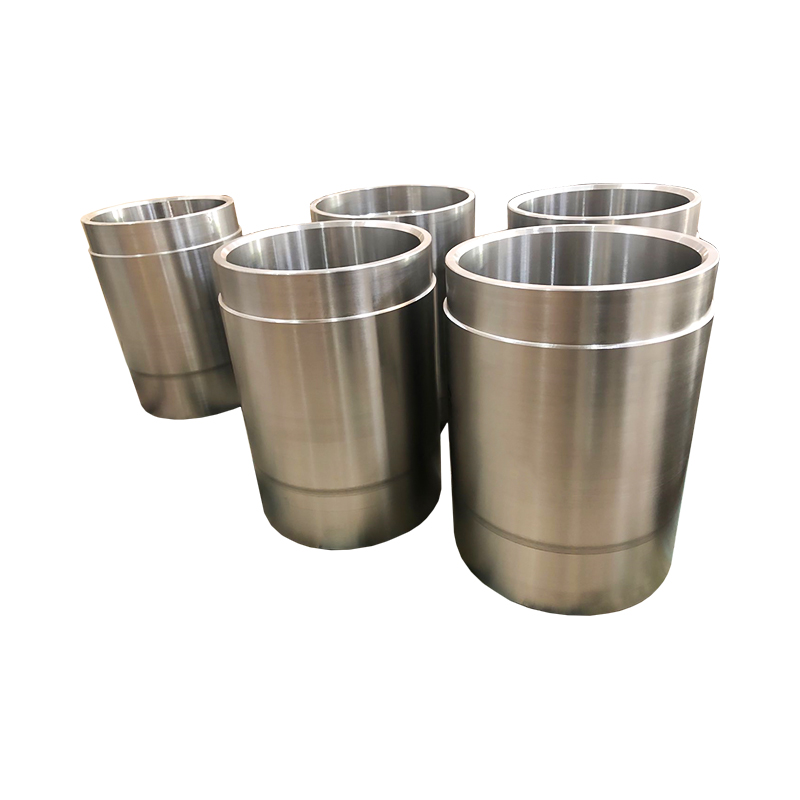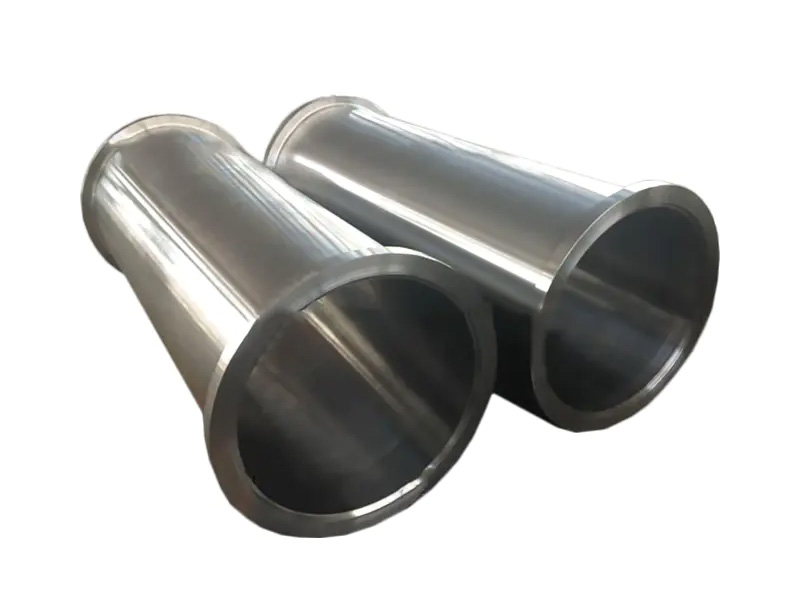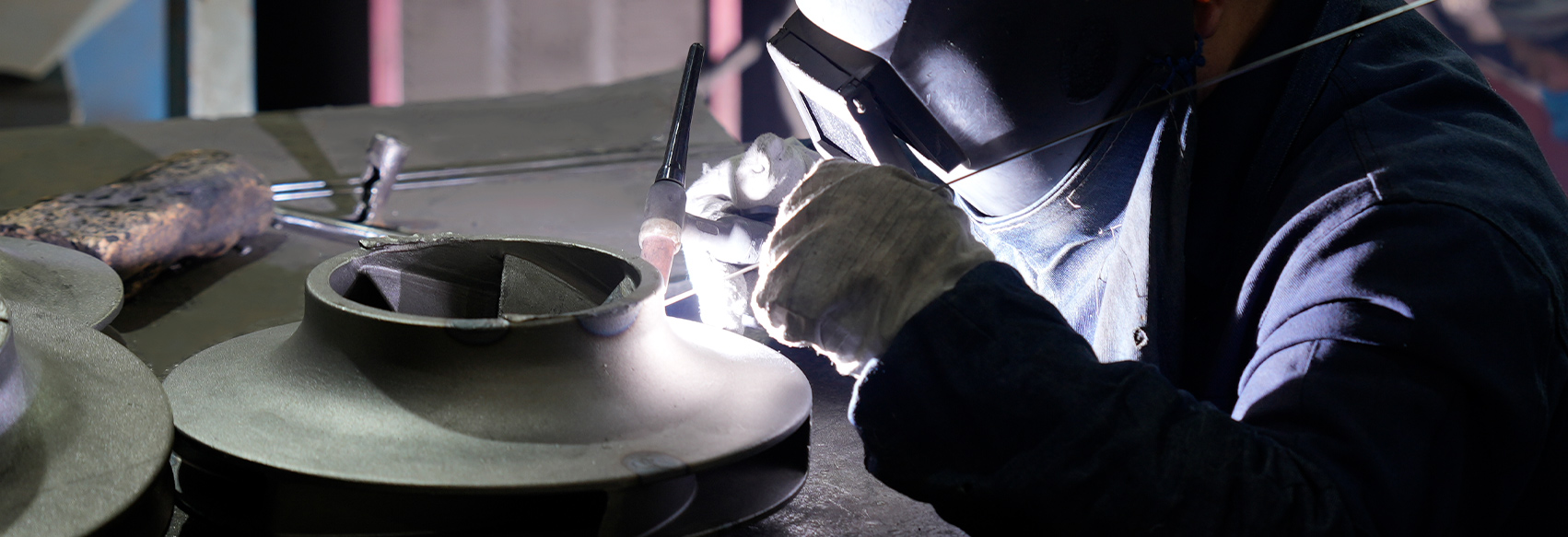
What are the connection methods and installation precautions for stainless steel cast pipes?
Content
- 1 Main connection methods of stainless steel cast pipes
- 2 Installation precautions for flange connection
- 3 Installation precautions for welded connection
- 4 Installation precautions for threaded connections
- 5 Installation precautions for clamp connections
- 6 General precautions during installation
- 7 Comparison of Stainless Steel Cast Pipe Connection Methods
Main connection methods of stainless steel cast pipes
There are various connection methods for stainless steel cast pipes, mainly including flange connection, welding connection, threaded connection and clamp connection. These methods have their own scope of application and characteristics, and the selection should be combined with specific working conditions, pipe diameter size and use requirements.
Flange connection connects the pipeline to the equipment or pipeline through two flanges and sealing gaskets. This connection method is easy to disassemble and maintain, and is suitable for medium and large pipe diameters and occasions that require frequent maintenance. The sealing performance of the flange connection depends on the gasket material and installation pressure. During installation, it is necessary to ensure that the flange surface is flat and evenly tightened.
Welded connection directly fuses the ends of the pipe through the welding process to achieve a rigid connection with good sealing performance. Commonly used welding methods include butt welding and socket welding. Welded connection is suitable for high pressure, high temperature and harsh working conditions, but it has high requirements for construction technology and equipment, and is not easy to disassemble.
Threaded connection is mainly used for small-diameter pipes, with internal and external threads on the pipe ends, and the connection is achieved by tightening. This connection method is easy to construct and suitable for medium and low pressure systems, but it is not suitable for environments with large vibrations or obvious thermal expansion and contraction.
The clamp connection uses a clamp and a sealing ring to fix the end of the pipe. It is often used for temporary installation or scenes that require quick disassembly and assembly. The clamp connection has high requirements for the pipe surface, and the sealing performance and pressure bearing capacity are limited.

Installation precautions for flange connection
During the installation of flange connection, attention should be paid to the quality of the flange surface, the selection of gaskets and the tightening sequence. First, the flange surface should be free of scratches, dents and rust, and kept clean and flat. Secondly, the gasket material should be selected according to the properties of the medium and working conditions to ensure the sealing effect. During installation, the bolts should be tightened step by step in a cross-symmetrical sequence to avoid flange deformation or gasket damage due to uneven force. In addition, the bolts should meet the specified torque requirements to prevent loosening. After installation, a pressure test is required to confirm that the sealing meets the design requirements.

Installation precautions for welded connection
Welded connection has high requirements for construction quality, involving pipe end preparation, welding process and post-weld treatment. The pipe end needs to be cut, chamfered and cleaned to ensure good weld formation. Heat input should be controlled during welding to prevent cracks and deformation. The weld should be uniform, dense and meet welding specifications. After welding, non-destructive testing, such as X-ray or ultrasonic testing, should be carried out to ensure that there are no defects inside the weld. After welding, the weld should also be heat treated or stress relieved to improve structural stability and service life. Construction personnel must have the corresponding qualifications to ensure that the welding process meets the requirements.
Installation precautions for threaded connections
Threaded connections are mainly suitable for small-caliber and medium and low-pressure systems. The pipe end threads should be clean, complete and undamaged during installation. Appropriate sealing materials, such as polytetrafluoroethylene (PTFE) tape, should be used during assembly, and the threads should be wound evenly to avoid loose sealing. During the connection process, the threads should be tightened to the specified torque to prevent loosening and leakage. Excessive force should be avoided to cause thread damage. After installation, an airtight or hydraulic test should be carried out to ensure that the connection parts are sealed reliably.
Installation precautions for clamp connections
Clamp connections are easy to install, but have high requirements for the quality of the sealing ring and the pipe end face. Before installation, check whether the sealing ring is intact and the pipe end face should be flat and free of burrs. Place the sealing ring correctly on the pipe port to ensure that the clamp is evenly covered. When tightening the clamp, follow the torque recommended by the manufacturer to avoid over-tightening or over-loosening. The clamp connection is suitable for low-pressure environments and is generally used for temporary or auxiliary connections. It is not suitable to be used as the main connection method for a long time. A pressure test should be performed after installation to confirm the sealing effect.
General precautions during installation
When installing stainless steel cast pipes, the design drawings and technical specifications should be strictly followed and the construction process should be arranged reasonably. Before installing the pipeline system, the site should be cleaned to ensure that there are no debris and pollutants. During the installation process, avoid mechanical impact and excessive deformation of the pipeline to prevent affecting the sealing and structural strength. The connection parts should be kept clean to prevent foreign matter from entering the pipeline. After the installation is completed, the pressure and sealing performance tests should be carried out in time, and problems should be rectified in time. In addition, safety protection should be done at the construction site, and the operators need to undergo professional training.
Comparison of Stainless Steel Cast Pipe Connection Methods
|
Connection Method |
Applicable Pipe Diameter Range |
Sealing Performance |
Detachability |
Installation Difficulty |
Applicable Environment |
|
Flange Connection |
Medium to Large |
Good |
Easy |
Moderate |
Suitable for medium/high pressure and maintenance scenarios |
|
Welding Connection |
All Sizes |
Reliable |
Difficult |
High |
High pressure, high temperature, and harsh environments |
|
Threaded Connection |
Small Diameter |
Moderate |
Easy |
Low |
Low pressure systems and temporary connections |
|
Clamp Connection |
Small to Medium-Small |
Lower |
Easy |
Low |
Temporary installation and auxiliary connections |

- Can heat treatment furnace parts be used for extended periods in reducing or protective atmospheres?
- How do heat-resistant steel castings maintain strength and stability in high-temperature environments?
- Are heat-resistant steel pipes prone to oxidation, creep, or cracking at high temperatures?
- Why has centrifugal casting become the preferred process for high-precision parts?
-
Research on configuration scheme and maintenance management of heat treating furnace parts for industrial applicationsReasonable configuration of heat treating furnace parts from the perspective of process adaptation Match the material properties of accessories according to the type of heat treatment There are many t...VIEW MORE

-
What are the advantages of using Stainless Steel Cast Pipe over traditional cast iron pipes in industrial applicationsIntroduction to Stainless Steel Cast Pipes and Cast Iron Pipes In the industrial piping world, two of the most commonly used materials are stainless steel cast pipes and cast iron pipes. Both material...VIEW MORE

-
Heat-resistant steel pipe: core material that provides stable support for high temperature environmentsImportance of Heat-resistant steel pipe Material requirements in high temperature environments In modern industry, the performance of materials directly determines the safety and efficiency of equipme...VIEW MORE





 English
English Español
Español عربى
عربى